%20(1).png)
Introduction
Right after Jira, Confluence is Atlassian's most well-known product. It is a knowledge base containing all of a company's information. It's an aid for remote work and staying organized. Let's take a closer look at how this tool works and boosts team productivity.
Don't like blog posts? Watch video instead
What is Confluence?
Confluence is your company's knowledge repository. This is where you can store all the information about its operations, processes, procedures, storing notes from meetings e.g. sprints and everything else you need for your daily work. In practice, this means that Confluence looks a bit like Wikipedia - there are spaces, related pages and sub-pages, sorted thematically according to your needs.
Confluence allows you to collect content that is reusable and thus replaces multiple email exchanges, meetings and facilitates onboarding.
“Think of Confluence as the central hub for your team's work: a place where you can easily create and find the information you need to do your job.” - Atlassian, Confluence course
.png)
Is Confluence secure?
Atlassian, the company behind Confluence, is clear about its investment in secure systems and ZeroTrust's approach to them - “never trust, always verify.” Atlassian also follows global standards with a growing list of compliance certifications like SOC 2, SOC 3, GDPR, ISO 27001 and FedRAMP.
We commit to delivering the highest level of security, reliability, privacy, and compliance in our products. The Atlassian Trust Center forges the connection between our company operations and products, making it a one-stop shop for all your security needs - Atlassian
Confluence Cloud vs Data Center
As most of the Atlassian products, Confluence comes in two hosting methods - Cloud and Data Center. Confluence Cloud is a SaaS solution, which means you don’t need to install any software. All you do is use the app via browser or phone application. Atlassian is taking care of the infrastructure and its maintenance.
Data Center on the other hand, is a self-managed hosting solution, where the company needs to take care of the infrastructure and installation. Data Center is usually chosen by enterprises in regulated industries that can’t send their data to the cloud. It provides the deployment flexibility and administrative control you need to manage mission-critical Confluence sites. We’ve included more information about Data Center vs Cloud in our latest article about Jira.
P.S. All screenshots on this page come from the Confluence Cloud 🙂
Benefits of using Confluence
Confluence helps put an end to silos, which means no more teams working in their own bubble, without communication with others.
With Confluence, every team member, whether from HR, Back Office, Legal, or IT, has one place to look for the information they need. More recently, we've also been able to use Atlassian Intelligence (AI) features that make it easier to summarize and generate document content.
- Create a 'single source of truth' with all resources in one place
- Build a team intranet (with customizable permissions)
- Easy to find information with search features. Quickly access your recent work and refine your search results with filters for space, contributor, type, date, or label.
- Keep documentation, procedures, specifications
- Collaborate on content in real time
- Streamline onboarding and HR processes
- Share, search and collaborate in real time
- Easily integrate with all Atlassian tools.
If you often find yourself searching through emails and notes for that one important thing, or if your employees keep asking the same questions... This is the solution for you!
Key Features of Confluence
Confluence makes it easier to collaborate and stay aligned as a team. It helps you communicate and share ideas clearly through well-structured content, while making it simple to find the resources you need to get your work done. Whether you're brainstorming new ideas or documenting key decisions, Confluence provides a central space to capture and organize your thoughts. Real-time feedback and commenting features keep everyone engaged, and team updates help you stay connected to ongoing work - all in one place.
You can use Confluence to create beautiful pages and live docs in a matter of minutes. While Confluence has all your typical text editing features, what makes it really powerful is all the dynamic content that it comes with, like roadmaps, expands, and search bars - Atlassian
Create information:
- Create documents
- Build how-to materials
- Brainstorm ideas
- Capture thoughts
- Plan new projects
Store information:
- Store resources
- Organize documents
- Easily find the information you need
Share information:
- Share projects
- Give and receive feedback
- Collaborate across teams
Confluence users can:
- Write content in Confluence
- Organize their personal content
- Comment on teammates' content
- Collaborate with teammates
- Search for content across your site
Confluence elements
- Space - Space is a place to store all your documents (pages). You can have multiple pages in one space. The Confluence layout helps segregate them into categories and master and subordinate pages in the space. A space can be about a team, a specific project, an initiative and there’s at least one for all users.
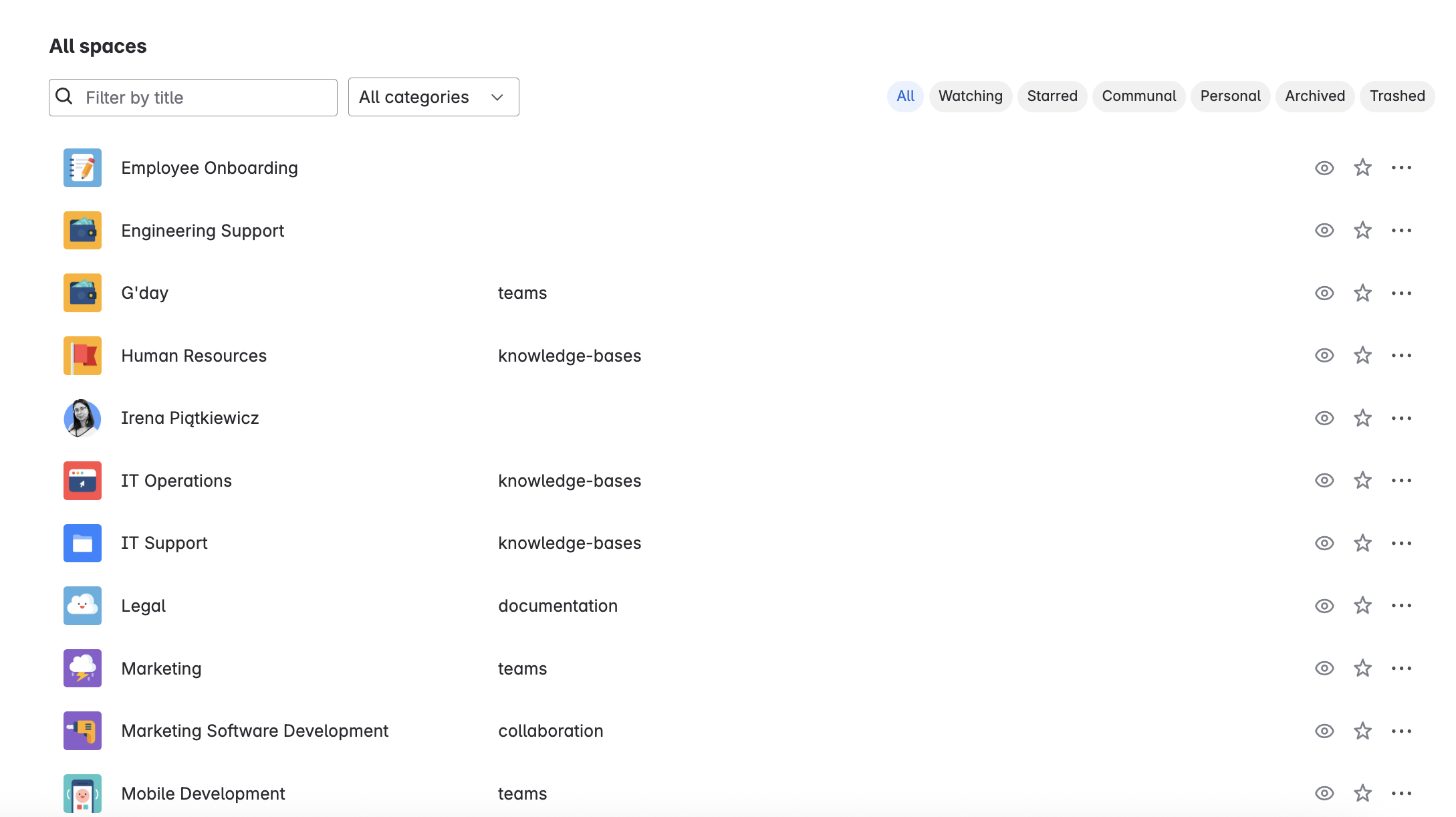
- Pages - Every document you create in Confluence. They work just like other digital documents - you can add text to them, format them, add images, tables, links or even Loom videos to give more human context to the content. Pages also have collaboration tools like reactions and comments.
.png)
- Whiteboards - Whiteboards are interactive playgrounds where you can collaborate with your team members, like in real-life, traditional board. You can add sticky notes, boxes, comments, icons, images, links and more. You can also set timers for brainstorming, draw on the whiteboard and observe other users' work.
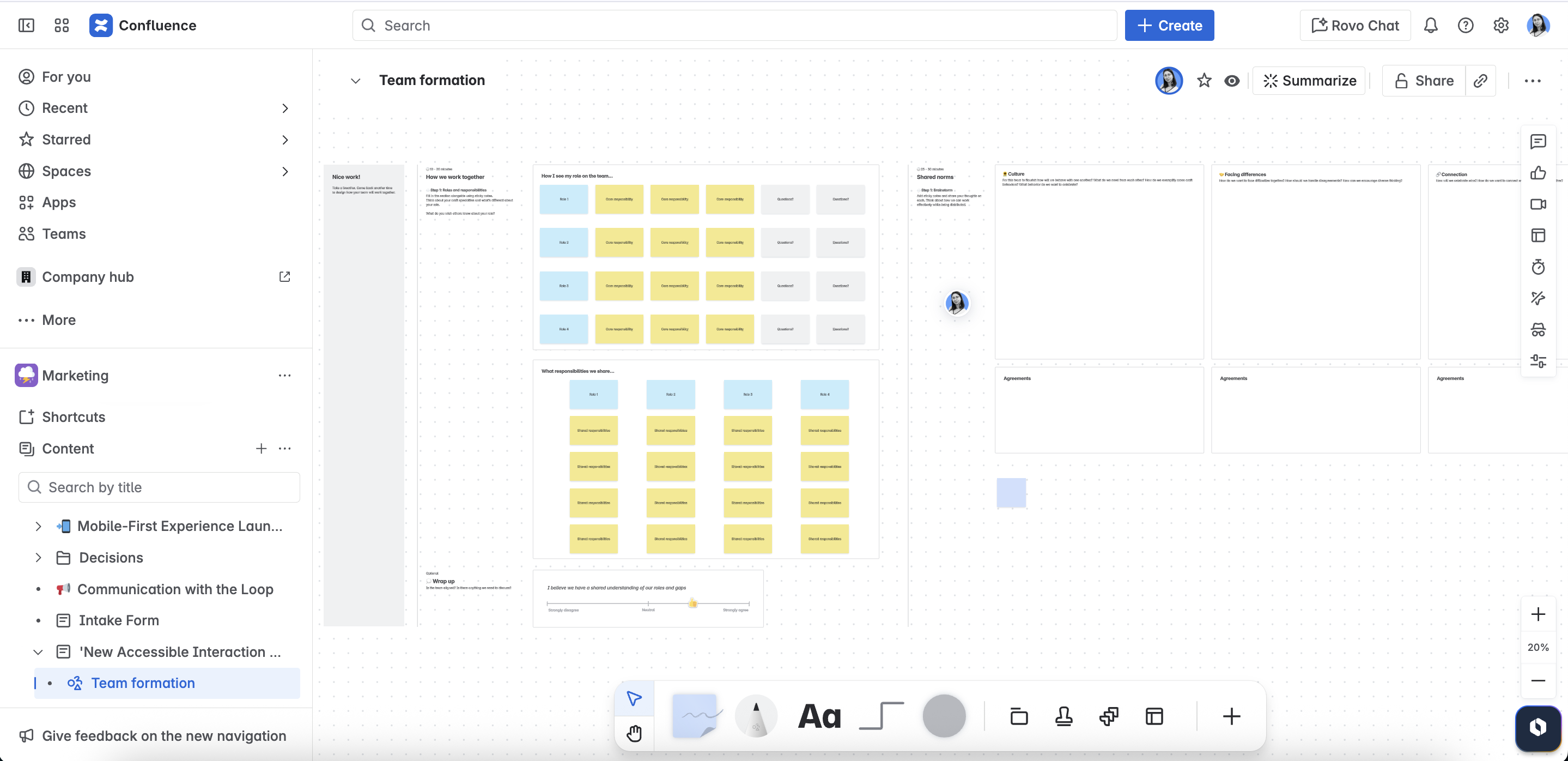
- Databases - Spreadsheets alternative in Confluence. You can create tables with defined columns, filter content, sort it and share with others.
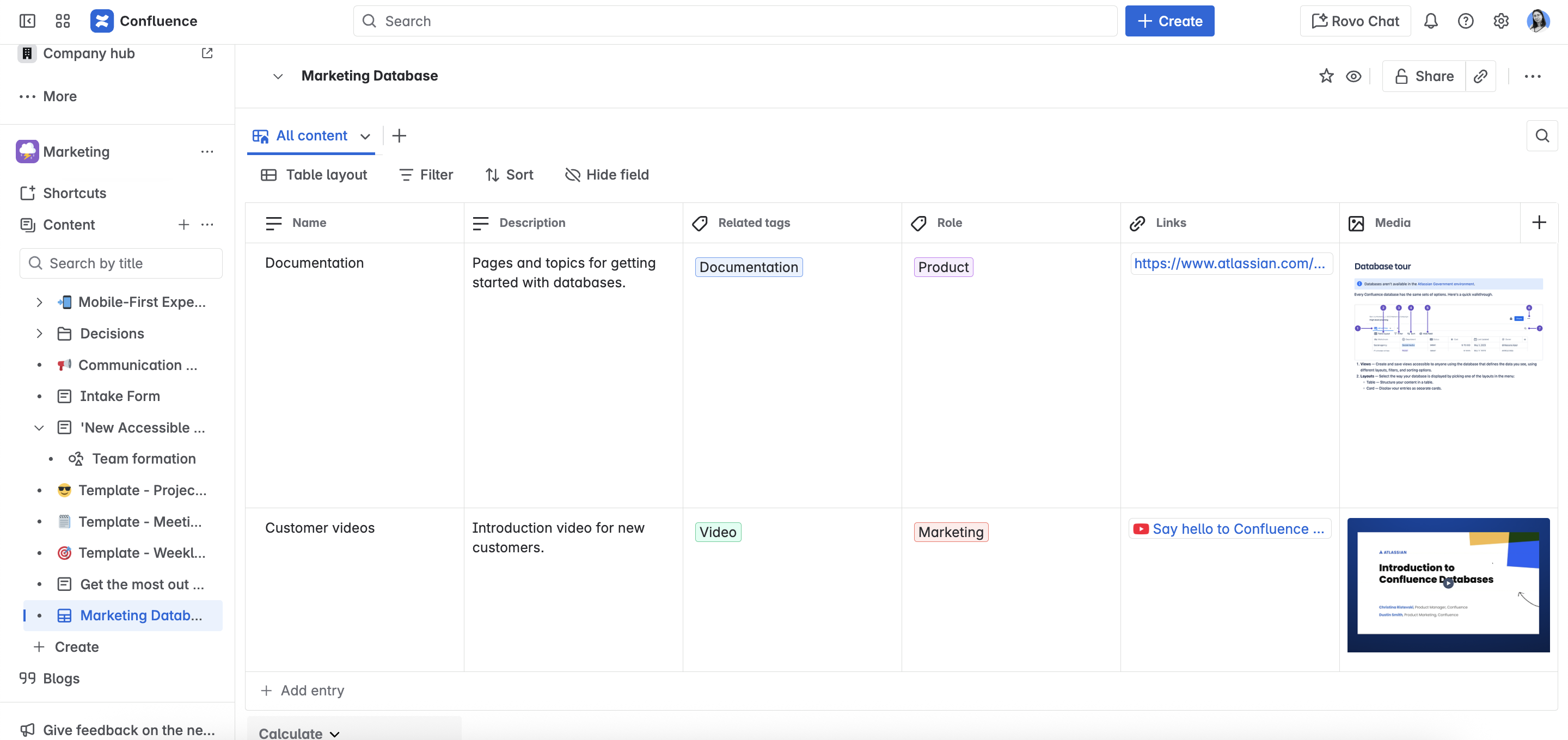
- Company Hub - The company's internal bulletin board, information and update center. This is where all employees can go for up-to-date announcements, news, verified resources, and more. It’s customizable when it comes to branding and content.
.png)
- Templates - Pages with predefined content. You can create your own and use ready-made ones from Atlassian.
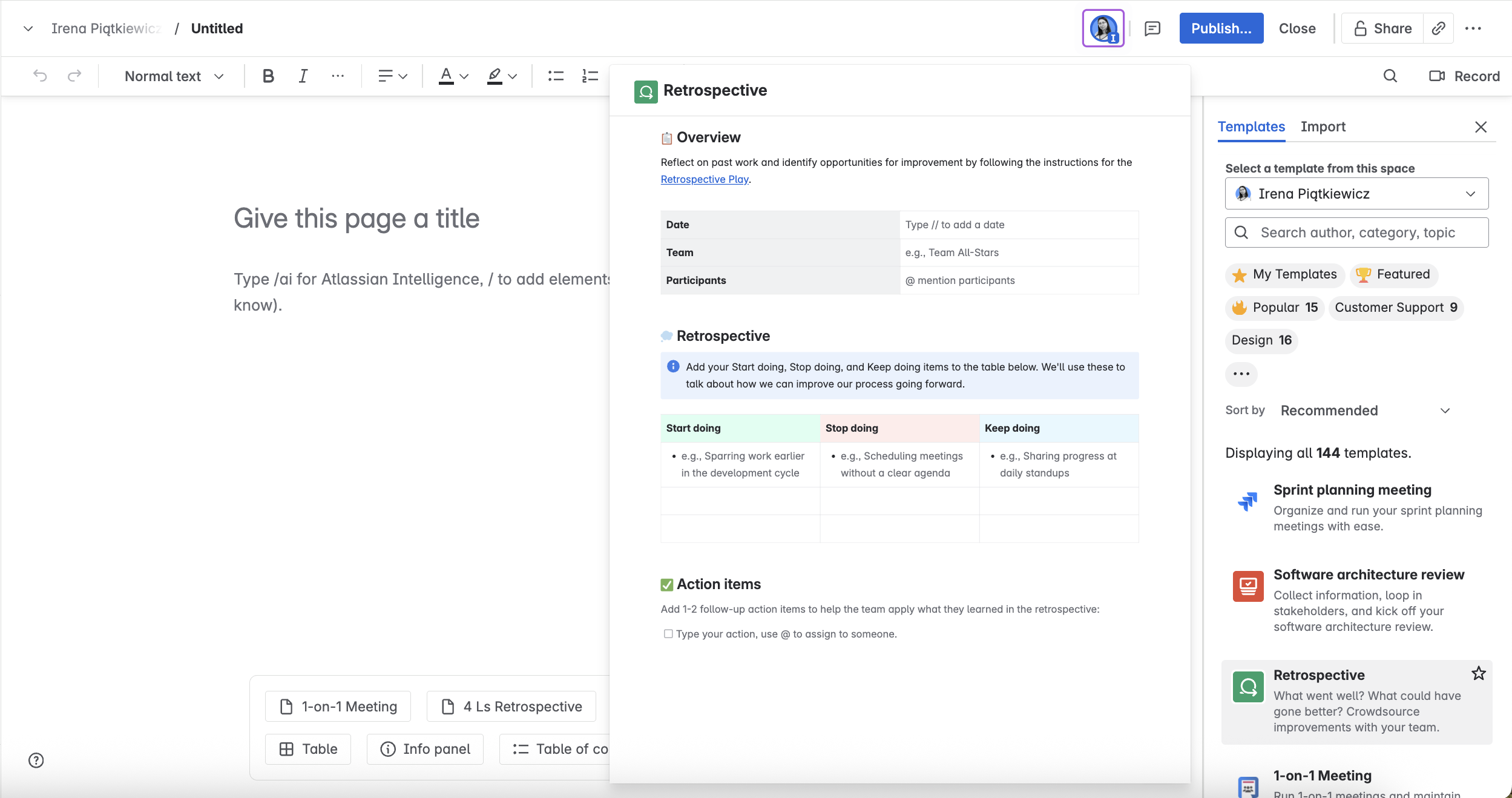
Confluence structure and permissions
Pages in Confluence are divided into children and parent pages. Pages can be nested under any other page to maintain order and organization. Child pages sit within parent pages. You can have several levels of parent and child pages.

Child pages inherit view permissions from their parent page. If we want to restrict access to a child page differently from the parent page, we must change the setting for each child page.
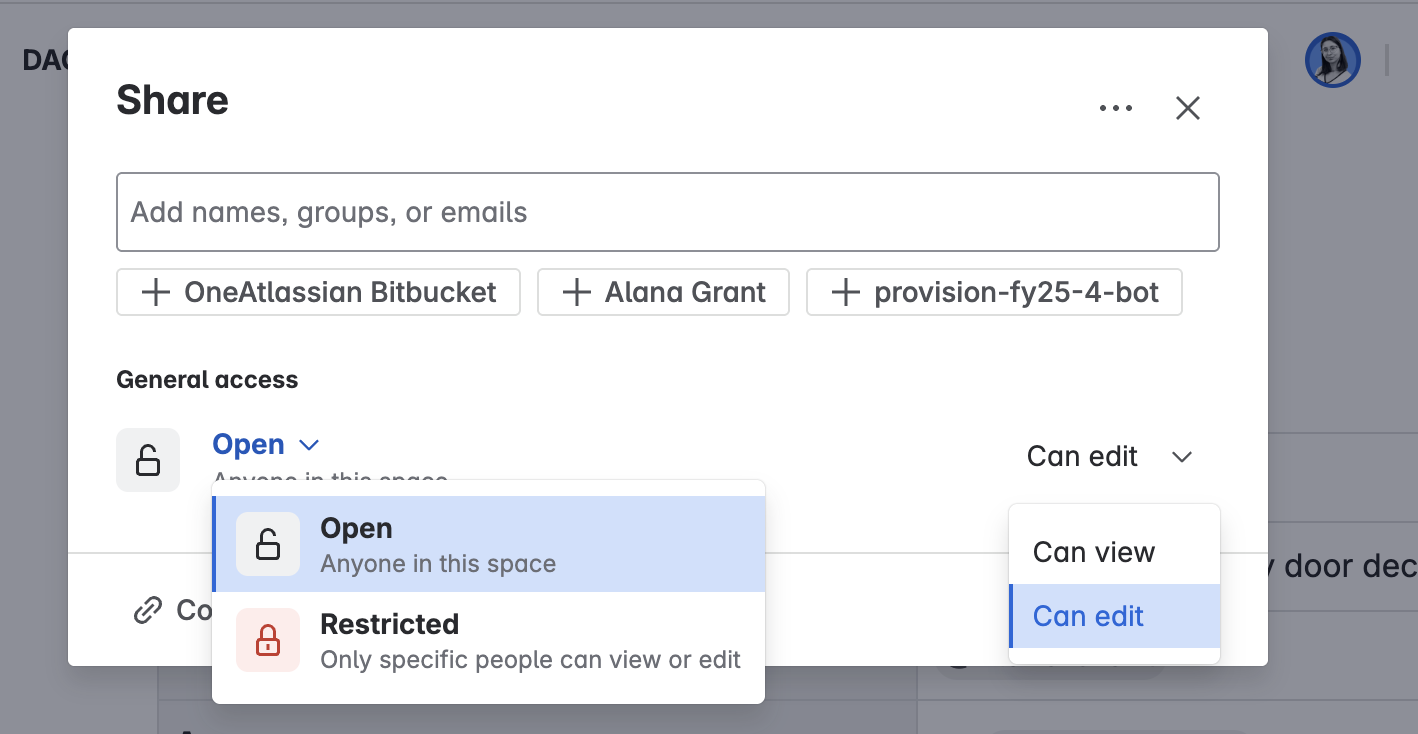
Pages vs Live Docs
In Confluence, pages need to be published to be visible to other users rather than just saved as a draft. Recently, however, a new option called Live Docs has been introduced, which allows us to make visible changes without publishing. This allows multiple people working on one page to add changes at the same time. Now, you can edit and save content without needing to publish.
Live Docs features:
- Live edit - Edit pages in real-time - no need to publish.
- Real-time collaboration - Collaborate on the same page with your team.
- Autosave & version history - No need to publish, save and you can go back to past versions.
- Page edits - View and interact with content owner info, content status, classification, read time, emoji reactions, and - for Premium/Enterprise users - page views.
How to Turn a Page Into a Live Doc?
First, you need to enable Live Docs. Live Docs can only be turned on or off for your entire Confluence instance by admins.
- Click the ⚙️ (Settings) icon in the top-right corner.
- Go to Settings > Configuration in the left-hand menu.
- Choose New Features.
- Enable Live Docs with a simple click and confirmation.
To convert a page into a Live Doc (and vice versa):
- Open the (More actions) menu.
- Select Convert → Convert to Live Doc.
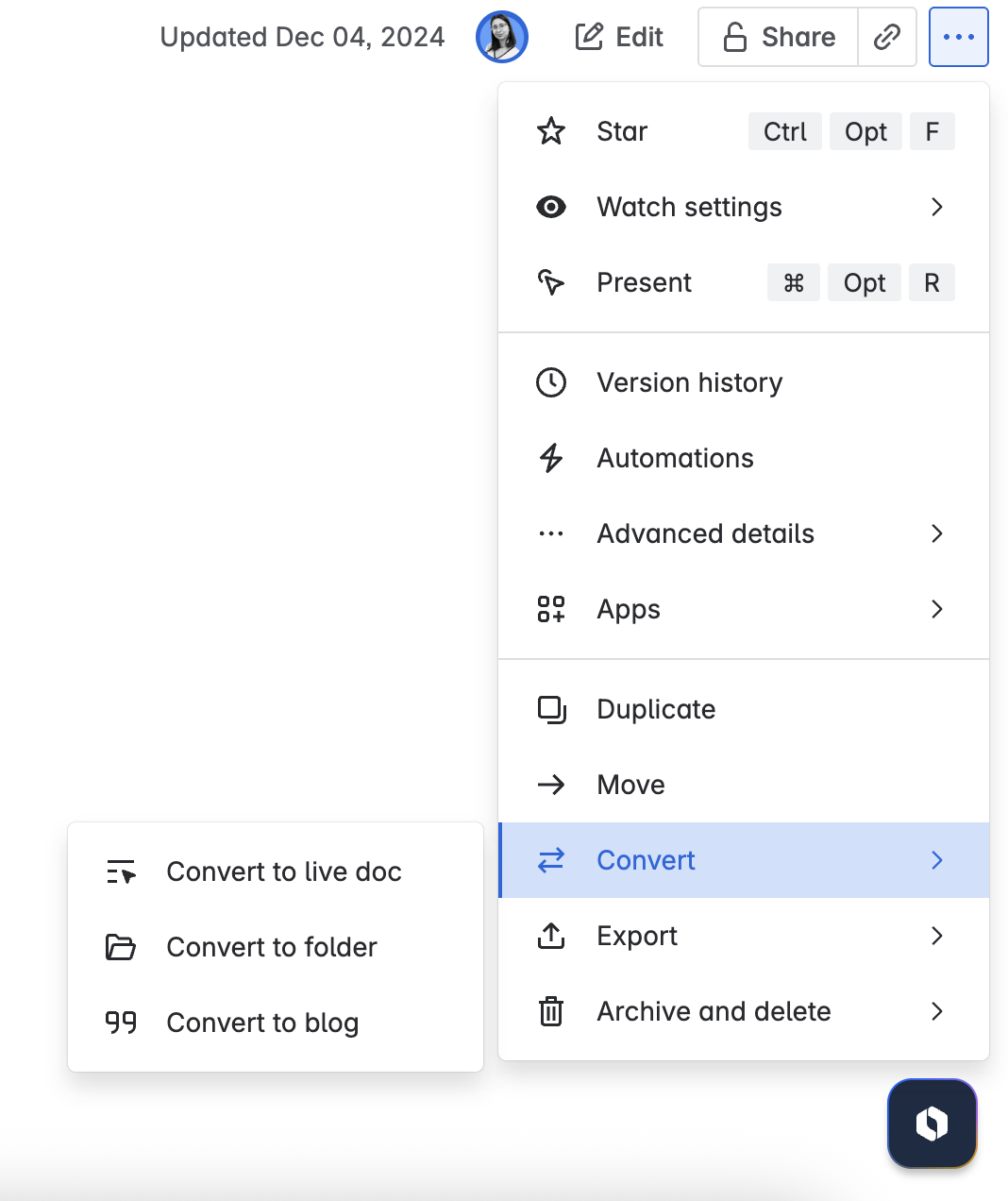
Confluence + Jira
Together, Jira and Confluence combine project management with a single source of truth for the entire organization. The Cloud version allows all Atlassian products to run on one connected platform, eliminating the need for additional external tools. Jira and Confluence are connected in that you can add documentation and articles to tasks and create Jira issues directly from Confluence content.
The Atlassian ecosystem, with Confluence at its core, connects knowledge and work management across teams. Its page tree hierarchy automatically organizes content, making it easier to find related information and avoid repetitive effort. Employees can contribute to a shared, searchable knowledge base that stays up to date - even as team members come and go. With automation and AI, Confluence becomes a self-sustaining system that supports productivity, especially in remote work environments.

Conclusion
We strongly believe that Confluence is the better alternative for searching through e-mails, notes and spreadsheets, where every team member will have the information they need.
Are you thinking of using Confluence or Jira with your team? We're here to help 😊 As an Atlassian Solution Partner, we know the Atlassian products inside and out. Let's reach your peak together - contact us via form or email.
FAQ
- What is Confluence Cloud?
- Confluence Cloud is Atlassian’s cloud-based collaboration platform for teams to create, share, and manage content in real time. It’s hosted and maintained by Atlassian, so there’s no need for server maintenance or manual updates. With Confluence Cloud, teams can work from anywhere, access the latest features automatically, and integrate easily with other Atlassian products like Jira.
- What is the difference between Pages and Spaces in Confluence?
- In Confluence, spaces are like folders that organize content around a project, team, or topic. Pages are the individual documents created within those spaces. You can think of a space as a workspace, and pages as the content or knowledge stored inside it. This structure makes it easy to manage and navigate information across your organization.
- Why should you invest in Confluence?
- Investing in Confluence helps your teams collaborate more effectively, break down silos, and keep knowledge organized and accessible. It’s ideal for documenting processes, sharing updates, and managing project work in one central hub. Whether you're scaling fast or aiming for more transparency across departments, Confluence improves team alignment and productivity.

Simplify tasks and teamwork with Atlassian

Unlock business growth with Salesforce

Transform your data into smart decisions with Splunk



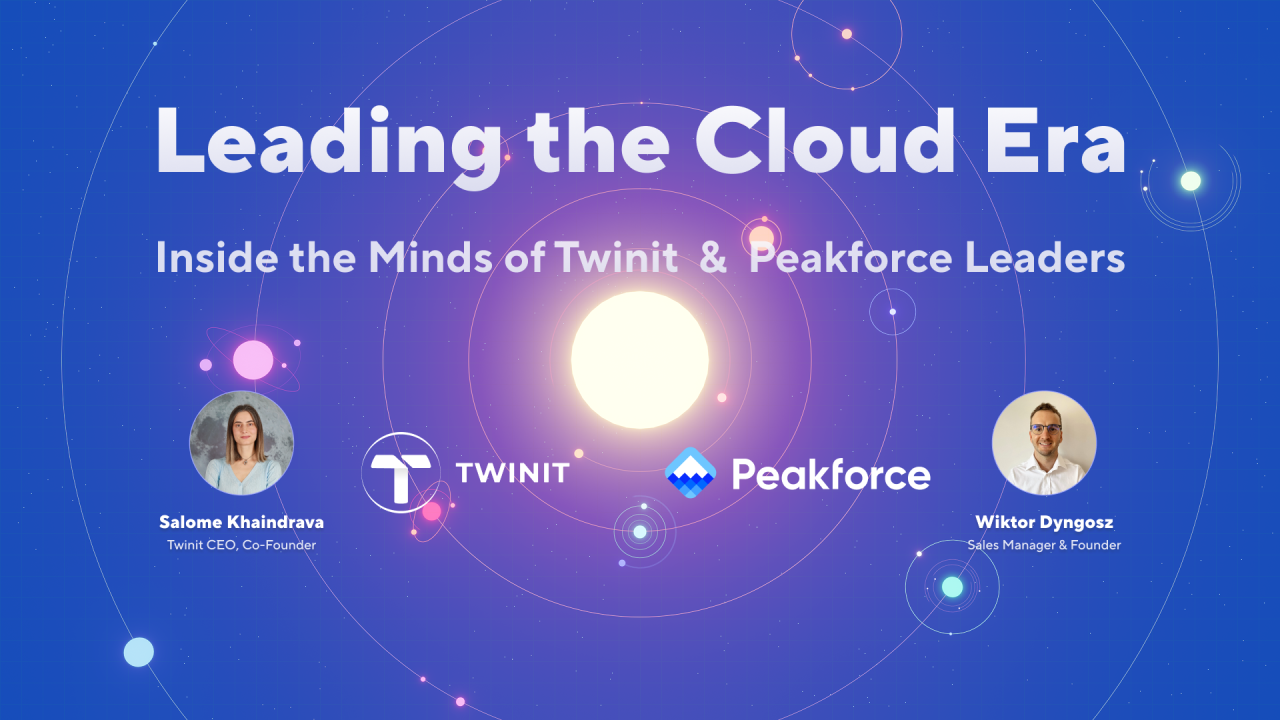
.png)
.png)
